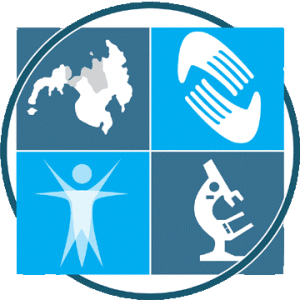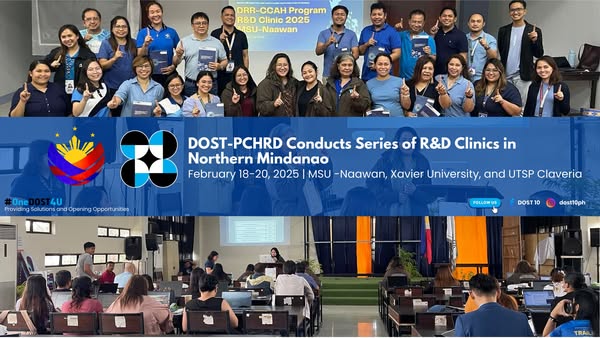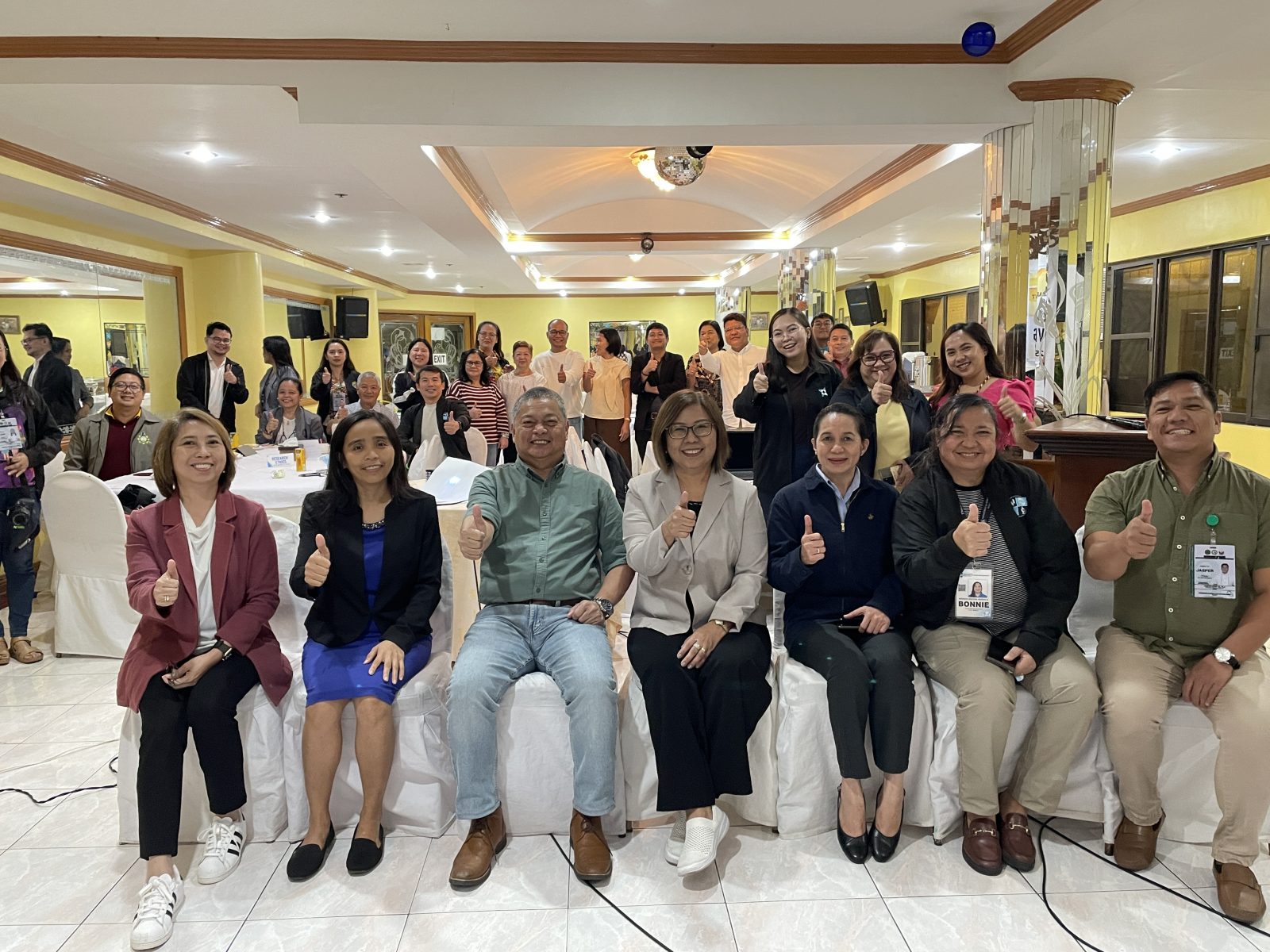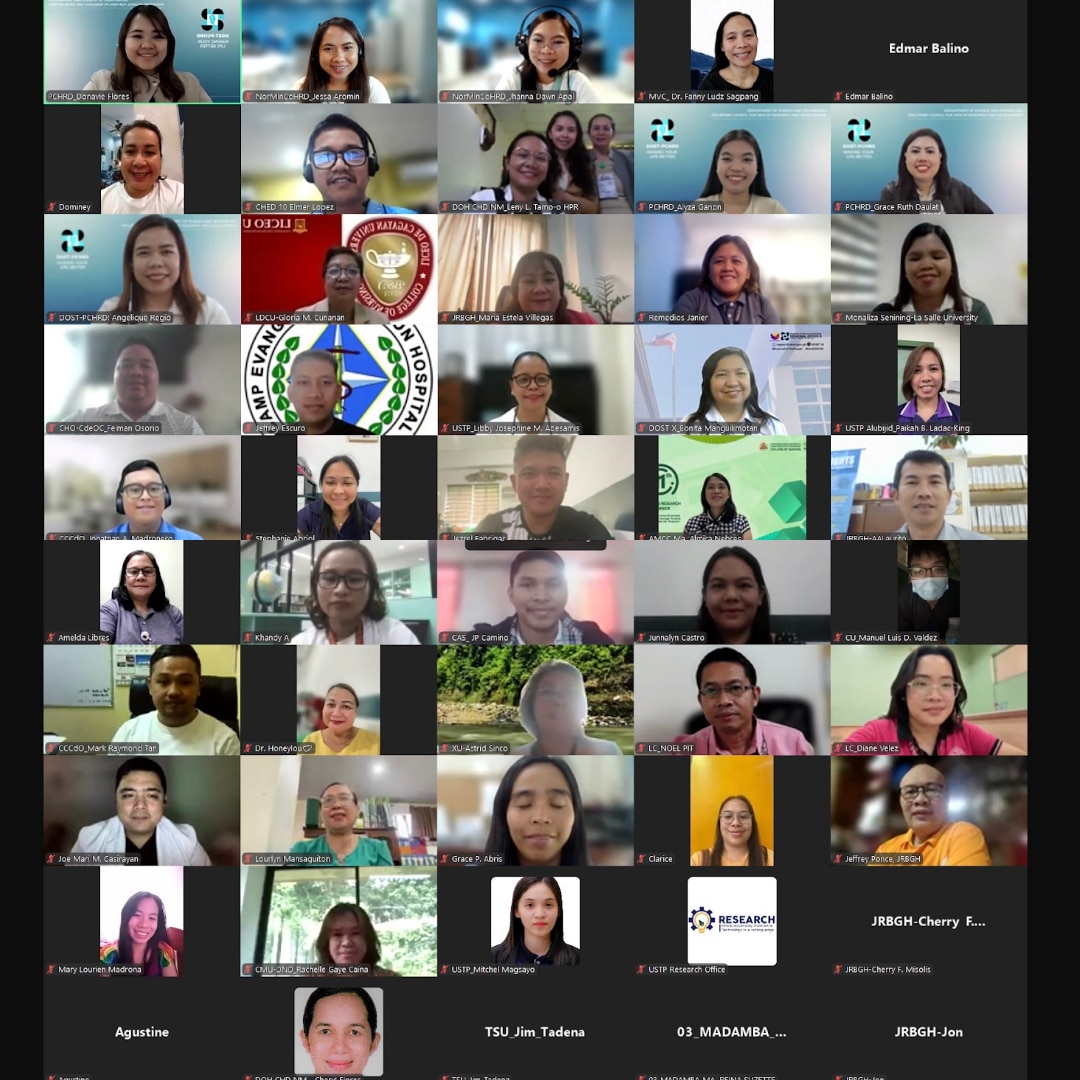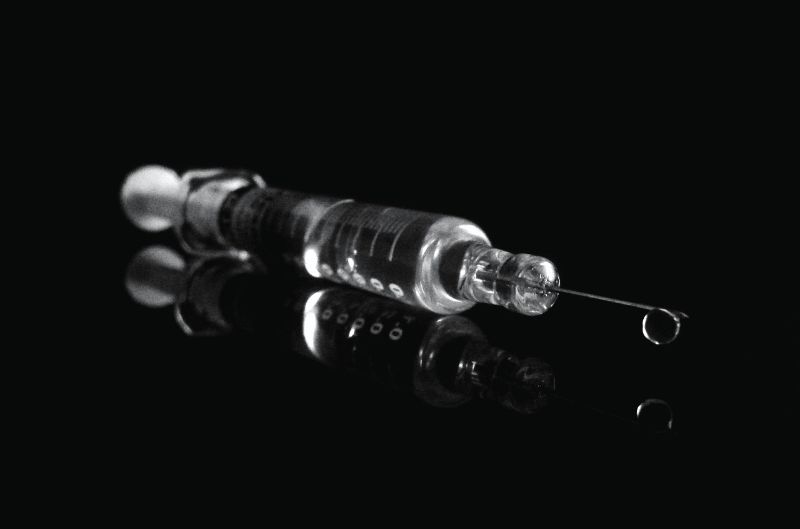
(PIXABAY / MANILA BULLETIN)
As various countries are in pursuit of a coronavirus disease (COVID-19) vaccine, the Philippines is still a long way from achieving self-sufficiency in developing vaccines.
Dr. Jaime Montoya, Executive Director of the Department of Science and Technology – Philippine Council for Health Research and Development (DOST-PCHRD), said that vaccine development and production requires huge investments and resources.
“Most companies will tell you that they actually factor in the cost of R&D, from proof of concept to marketing. All of that has to be dealt (with) into the final cost of the product. So, we imagine for this COVID-19 pandemic vaccine…it would really be expensive,” Dr. Montoya said during a virtual press briefing of the Sub-Technical Working Group (TWG) on Vaccine Development.
In a factory line of vaccine production, said Dr. Montoya, it starts from the concept to the final product that is actually distributed to the people who will use it. Starting from the proof of concept, there will be a need for a group of scientists.
After going through the proof of concept, the vaccine needs to be tested and subjected to the clinical trials. The next phase is to have the product registered with the regulatory agencies. Dr. Montoya said that product registration depends on how good are the results of the clinical trials. Upon approval of product registration, the vaccine will be made available to the public.
“So, that is the whole value chain and when it leaves the production line, it has to end up with the eventual user…So, how to make it intact and viable until it reaches its eventual customers, it is very important. So, we should actually have a clear idea of the whole value chain…and that is taken into consideration for the development of a vaccine and may be to some extent to how much a vaccine would cost,” Dr. Montoya said.
Dr. Montoya explained that the country still has a lot of things to do, upgrade and enhance in order to attain a certain degree of ability to manufacture vaccines. He said that Research and Development (R&D) for vaccine development would require significant scientific talent development involving several disciplines, planning, infrastructure, capacity building for the state of the art laboratory facilities and training of sufficient human resources.
“As far as I know, we also have to upgrade our whole value chain as far as vaccine availability is concerned,” he added.
Dr. Montoya further stated that we really have to do a lot of development. He assured that the government is already doing a lot of negotiations, discussions and plans in order to achieve some degree of vaccine self-sufficiency, to be capable to respond to the pandemic such as what is being experienced now.
DOST Undersecretary Rowena Cristina Guevara, Chair of the sub-Technical Working Group (TWG) on Vaccine Development said that while currently the country does not have the research facility to undertake the research in developing a vaccine, the DOST has been working on establishing a Virology Science and Technology Institute of the Philippines.
“We already got funding for the R&D starting next year. This will not just deal with the human viruses but also with viruses against animals and plants,” she said.
“We are just starting, but we are very fortunate that we have started developing the human resource since 2007 so we have the MS and the PHDs in all the right fields, and we have the MD PHDs who will help us undertake and develop vaccines for future pandemics but for now, we don’t have it,” she added.
Source: https://mb.com.ph/2020/08/22/dost-maps-value-chain-for-tracking-covid-19-vaccine-rollout-in-ph/
